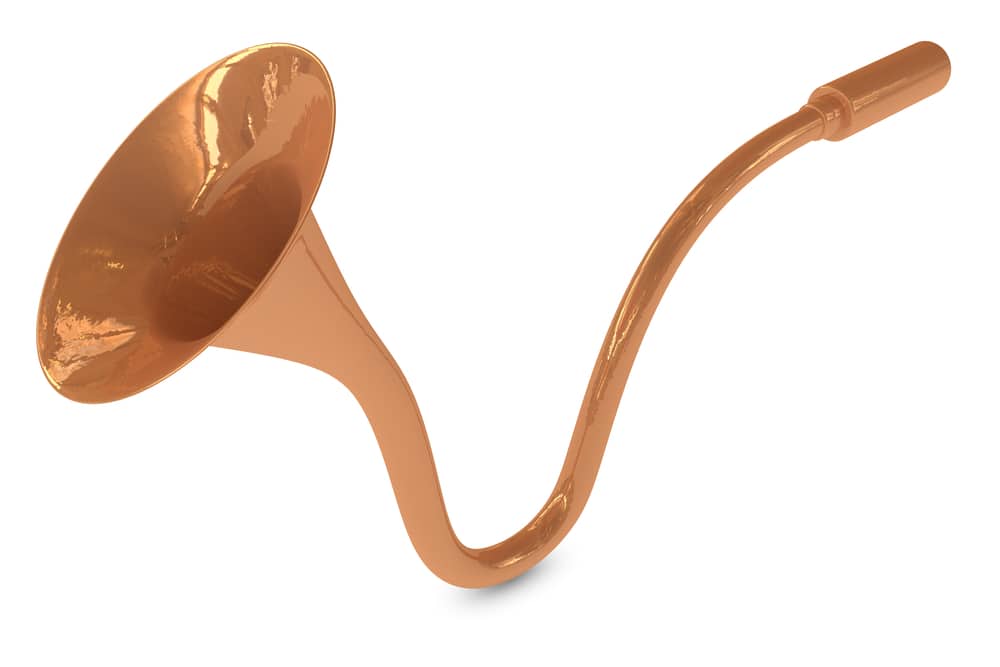SoundLife Hearing: Sound and Hearing Basics
At SoundLife Hearing Technologies, our team understands the intricate and impressive technology that goes into crafting hearing aids. The SoundLife Hearing Technologies team also knows how incredibly complex the human ear is itself, and how amazing it is that it does it’s job as well as it does.
We also know that not everyone shares the same knowledge of how these things function. In this entry of the SoundLife Hearing Technologies blog, we’re going to break down a few basics to help you understand how healthy hearing works, how sound functions, how it travels to your ear, and how it’s interpreted by your brain.
The Structure of the Ear
The inside of your ear is a fascinating structure, especially when we consider how small it is, and how big of a job it does. Going inside your ear you have the ear canal, which leads to your tympanic membrane, commonly known to most of us as the eardrum.
The eardrum is attached to a collection of tiny, connected bones that are behind it. These bones are themselves attached to the cochlea and the semicircular canals. We’ll get to how all of these work together in a moment.
How Sound Travels
You don’t need to be a professional at SoundLife Hearing Technologies to know that what we perceive as sounds travel by vibrations in the air. To illustrate with a simple example, when someone kicks a ball, the impact of their foot hitting the ball causes a shockwave to travel through the air, which is picked up by your ear and processed as a specific sound. The speed of sound — at least in dry air — is 343 miles per second.
How the Ear Captures Sound
When the vibration reaches you, your outer ear captures it, effectively funneling it into your ear canal. This causes your eardrum to vibrate, which passes the vibration on to those three tiny bones we mentioned. The bones accurately conduct these vibrations into the cochlea, a strange-looking, minute organ with a curl similar to a snail’s shell.
How Your Ear and Your Brain Process Sound
This is the really amazing part, even to the SoundLife Hearing Technologies team who deal with hearing issues every day. The cochlea takes the vibrations fed to it from the eardrum and the small bones of your ear and transmits them as an electrical signal to the brain.
Your brain and cochlea work in conjunction with all of these parts to turn these vibrations and electrical signals into sound. The semicircular canals we mentioned above are attached to the cochlea and also send signals to the brain. Rather than directly contribute to hearing, these fluid-filled tubes actually send their own signals relating to balance and equilibrium to your brain.
Find Out More About SoundLife Hearing Technologies
We hope this has helped to shed some light on how the incredible process of your hearing works. If you’re suffering from a hearing impairment, need a check-up, or need repairs for your existing hearing aids, contact a SoundLife Hearing Technologies hearing specialist today.
We can help you find the perfect solution for your hearing issues and will do everything we can to give you the best personalized and informative customer service. Take a look at our hearing evaluation and solution services.










